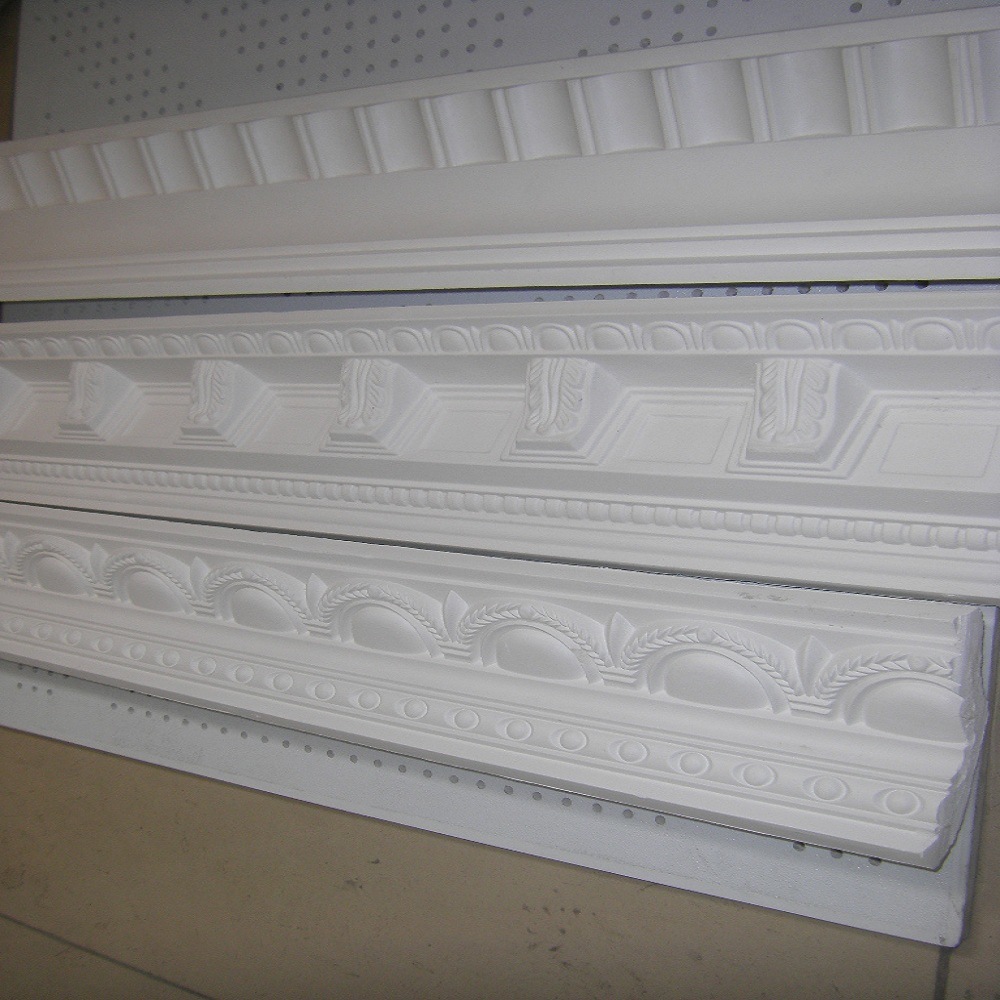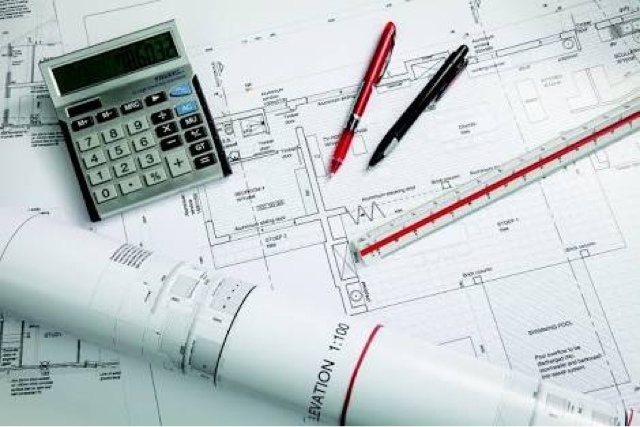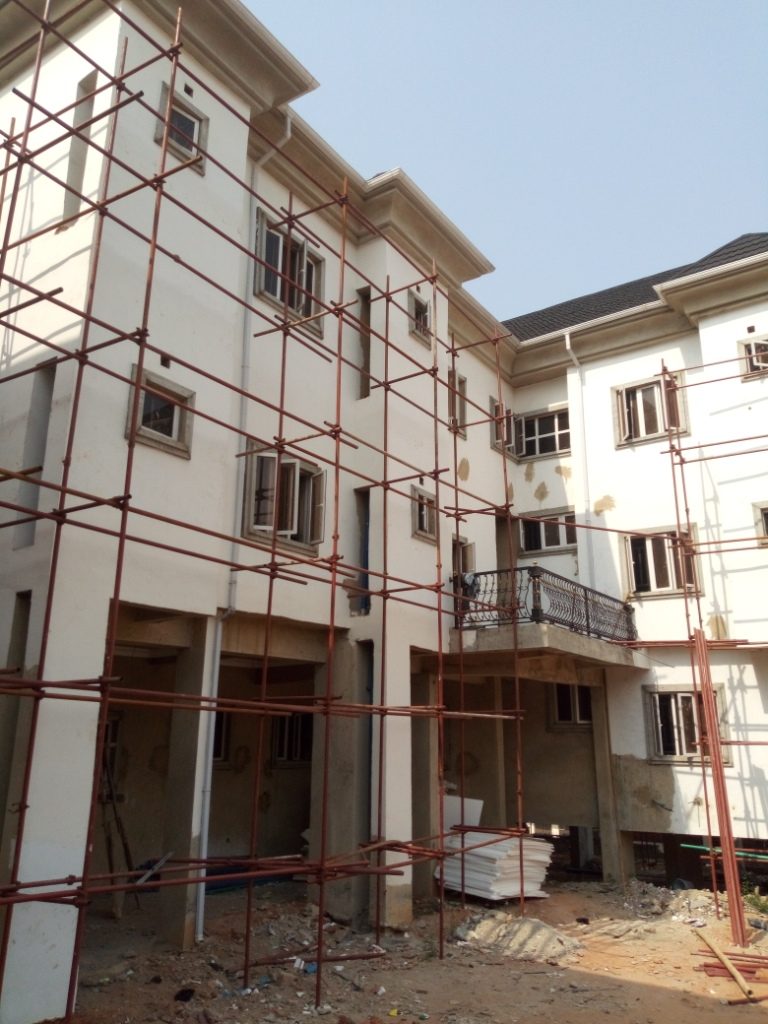Do you want to live in a beautiful, well designed and well constructed house but can’t entirely afford what the architects are drawing up for you? Well, there are ways you can safely cut down cost for your building project and still maintain the original aesthetic view the architect drew up for you… and we are going to talk about one of the methods to cut down the cost safely.
The method we are talking about here is using EPS mouldings for all the aesthetic designs in the building instead of the conventional concrete and mortar mouldings. Before we go any further let me explain what is an EPS.

EPS stands for “Expanded Polystyrene”. It is the white foam you see in a box of electronics that is used to keep the product in place to avoid it shaking around inside the box. EPS comes in big blocks from the manufacturing companies and then cut into any shape with a hot wire, which means it is flexible and its applications are versatile. EPS is thermal resistant, moisture resistant and doesn’t have any nutritional value to support a fungal growth. It is also light weight which makes it easy to transport and handle. Above all its advantages, its super cheap.
How can it be used in construction works?
As I mentioned earlier, EPS comes in big blocks and then are cut down into required shapes and sizes. This process is what is adopted into construction to make cheaper and easier to install architectural mouldings. The mouldings can be of various types, for example a roof fascia, door and window hood, wall crowns and footings, ceiling decorations (currently done with POP), aesthetical columns and beams etc




The EPS blocks are cut with a hot wire into various architectural mouldings and then reinforced with a wire mesh or gauze for additional strength. Then the mouldings are coated with two coats of enhanced mortar. Thereafter it is installed into position with an adhesive. This entire procedure cost about 2 times less than the conventional concrete and mortar mouldings.
Let’s do a little cost comparison between ESP mouldings and the conventional concrete mouldings for one meter length.


EPS Fascia
300mm × 400mm EPS block = 3,400
Enhanced mortar (Stone dust, sharp sand, plaster sand, water and cement) = 200
Labour for coating and plastering = 800
Installation = 400
Total amount for installing one meter of EPS moulding = 4,800
Concrete Fascia
Cost of concrete for a meter cube = 4,200
8mm & 12mm reinforcement bars in fascia = 600
Form work to the sides and soffit of the fascia = 4,500
Rendering of concrete fascia = 700
Total amount for installing a concrete fascia = 10,000
Drawing conclusion from the above brake down, one can see that using EPS mouldings is half the cost of the conventional concrete mouldings.
If for instance it will cost two million naira to install all the architectural mouldings using concrete and mortar mouldings in your proposed building, you can slash that cost into half and still have some change to do other things in your project, while still maintaining the same quality of work and the same aesthetical value.
Inevitably there are few setbacks for using EPS mouldings. There are basically two problems you can encounter while trying to use ESP mouldings. The first problem is that because of poor awareness of EPS, it is a bit hard to come by. It is not easily accessible like other building materials.
The second setback is because its cheap and easy to install, some contractors deliberately overlook using it even though it’s cheaper. The reason for this is simple, using EPS moulding means smaller contract sum which in turn is also smaller profit margin for the contractor. So to make more money, some contractors opt in to using more expensive method of construction with no regard about the financial implications for the client.
In most cases, it’s left for the client to demand for cheaper and more sustainable method of construction. Bear in mind that cheaper doesn’t mean lower quality or standard. You can request for your building contractor to use EPS mouldings or you can give us a call at 07067455010 to undertake your project and help you save cost while you get the best quality job.
Check out the part 2 of this write up for more ways you can safely reduce the cost of your building project and yet have a high quality result.


